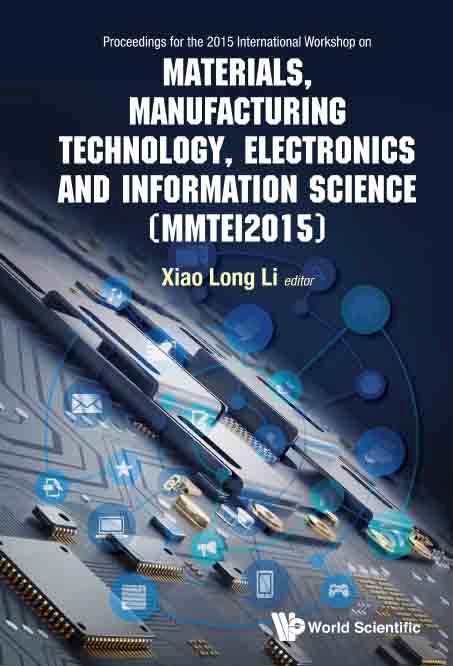Fog/Low stratus detection during night-time: Application of a multi-channel threshold algorithm
This work was supported by the National Natural Science Foundation of China (Grant No. 41375029).
The Day/Night Band (DNB) low-light visible sensor, mounted on the Suomi National Polar-orbiting Partnership (S-NPP) satellite, can measure visible radiances from the earth and atmosphere (solar/lunar reflection, natural/anthropogenic nighttime light emissions) during both the day and night. In particular, it has achieved unprecedented nighttime lowlight-level imaging with its accurate radiometric calibration and splendid spatio-temporal resolution. Based on the superior characteristics of DNB, a multi-channel threshold algorithm combining DNB with other VIIRS channels was proposed to monitor nighttime fog/low stratus. Through a gradual separation of underlying surface (land, vegetation, water bodies), snow, and medium/high clouds, a fog/low stratus region could ultimately be extracted by the algorithm. Algorithmic feasibility then was verified by a typical case of heavy fog/low stratus in China, 2012. The experimental results demonstrate that the outcomes of the algorithm approximately coincide with the ground measured results.



